Do You Need To Take Energy Gels On A Run?

Energy gels can be an important part of fuelling your long runs and marathons, but what actually are energy gels?
Why do you need to take energy gels during a long run? How many energy gels do you need to take? What are alternatives to energy gels?
Here’s what you need to know about energy gels and running!
WHAT ARE ENERGY GELS?
Energy gels are small sachets of easy-to-digest carbohydrates that runners and endurance athletes take during exercise to top up their energy.
Most energy gels contain between 20-40g of carbohydrates per serving.
WHY DO YOU NEED TO TAKE ENERGY GELS ON A LONG RUN?
We need energy to fuel our exercise. The carbs we consume are converted into energy for our muscles.
But our body can only store a finite amount of energy. It’s like a car’s gas tank – there’s only so much you can put in before it’s full. Also like a gas tank, we can run out of fuel and we call that Hitting The Wall, which is a bad thing in a long run.
So we consume more energy in the form of carbohydrates during a long run to avoid hitting the wall and to make sure we’ve got the fuel we need to get us to the finish line.
You should take energy gels or another form of easy-to-digest energy on all of your long runs during marathon training (we’re going to repeat this a few times, but it’s important – fuelling your runs is going to make running feel so much easier!).
WHAT ARE ENERGY GELS MADE OF?
Most energy gels consist of a mix of simple carbohydrates like glucose, fructose, sucrose and maltodextrin.
There are also gels made with whole food ingredients like fruit purees, rice syrup and honey.
Some energy gels contain caffeine and electrolytes.
WHEN DO YOU NEED TO TAKE ENERGY GELS ON A RUN?
You should consider consuming extra energy during any run longer than 90 minutes.
During marathon training, this means taking gels or other energy sources (see more ideas below) in all of your long runs.
You should also consider having gels or energy drink during all hard interval workouts as this can help you perform better during the training, and it can benefit your recovery.
You should take gels from early in the run and consistently take them throughout the run. Almost all gels should be taken with water or another fluid.
Having one gel every 30-60 minutes is going to be enough for most runners, but it’s something that you should practise in training to see what works best for you. If you’re racing for fast times, then training your stomach to tolerate more carbs might be as essential as training to run race pace.
HOW MANY ENERGY GELS DO YOU TAKE IN A MARATHON?
It can be complicated to know exactly how many gels to take in a marathon or long run, and there’s no single answer that fits all runners – it’s something you have to find out by trying for yourself. To begin, try taking a gel every 30-45 minutes or every 5-10km during a run.
Faster runners need more carbohydrates per hour than slower runners. If you’re running under three hours in a marathon, then aim for 75-100g carbs per hour because running faster burns through carbs quicker, so more going in means more energy out (basically the gels is swallowed and pretty much immediately converted into muscle energy).
Other runners may not be able to tolerate such a high amount of carbs, but can still aim for around 50g per hour (that’s two gels, or one gel plus energy drink, chews or even candy). Aim for this many carbs during all your long runs.
Overall, most runners should look to take four to eight gels during a marathon, plus adding other forms of energy if they prefer.
It’s essential that you practise this fuelling in training to find out how many gels you need and how many you can tolerate.
HOW MANY CAFFEINE GELS CAN YOU TAKE IN A MARATHON?
Some runners like to take gels containing caffeine during a race as there’s good research to show that caffeine can give you a boost while running.
Depending on your caffeine tolerance, taking up to three caffeine gels can work for runners during a marathon, but test this gradually over a series of runs and don’t just slurp down three caffeine gels on your first long run because that’s a lot of caffeine!
Again, this is something to test during training.
CAN ENERGY GELS MAKE YOU FEEL SICK?
Energy gels are a concentrated source of carbohydrates and some runners find that certain gels don’t agree with their stomach. They could make them feel sick or give them other stomach problems (‘GI distress’ is what we euphemistically call it).
The only way to know if an energy gel will work for you is to try a few different ones and learn which taste good and which sit well in your stomach and give you the energy you need.
It’s very important to try gels during your training and to use them in all your long runs. This can also help to train your stomach to tolerate gels.
WHAT ARE THE BEST ENERGY GELS?
There are many different energy gel suppliers. Some have a wide mix of different flavours, while others are simple recipes without a discernible flavour profile. Some gels are thick and chewy, while others are thin and runny like water. There is also a big difference in price between different brands.
You need to find the gels which work best for you, and the only way to do that is to try a few.
You should consume water with almost all gels as you take them.
Some of the most popular running gels include:
- SiS Go Gels (readily available, cheaper than others)
- SiS BETA Fuel (40g carbs per gel, so big energy if you can tolerate bigger gels)
- Precision Fuel & Hydration (neutral flavour, 30g carbs, good caffeine version)
- Maurten (thick texture, used by lots of elites; 25g and 40g carbs, plus a caffeine version)
- OTE (real fruit flavours plus electrolytes, their Super gel is 40g carbs)
- High5 (contain real fruit juice, Aqua version is thin like juice)
- GU (lots of fun flavours to keep your run more interesting!)
- Veloforte (nice natural whole food ingredients and good flavours)
- BPN Go Gel (fruit puree and rice are the main ingredients, they taste great)
- Honey Stinger or Hilltop (honey makes a great source of energy)
- Hüma (whole food ingredients in a good range of flavours)
WHAT ARE ALTERNATIVES TO ENERGY GELS?
If you don’t like gels, can’t tolerate more than a couple of gels during a marathon, or are doing a longer event and want more variety in your race fuel, then you have several alternatives to energy gels.
- Energy drink mixes work in a similar way to gels but are less concentrated, plus many also contain some electrolytes – it’s good to consume this alongside gels
- Energy chews are like a more solid version of energy gels and some runners prefer this (especially on longer runs)
- Make your own form of gels using ingredients like honey or maple syrup, or cook down apples with sugar (or other simple carb), cinnamon, salt and lemon for a tasty puree
- Energy bars can get you a good amount of carbs and can be nicer to eat than gels, but they are difficult to eat while running
- Fruit, especially bananas or dried fruit, can be easy to eat and digest while walking or running (but watch out for the high fibre content)
- Sachets of baby food can be a whole food alternative (though tend to be less energy dense than other options)
PRACTISE, PRACTISE, PRACTISE
Yes, we’ve said this a few times, but we need to repeat it. You have to be taking gels during training as it’s possible to train your stomach to tolerate them. Don’t leave it to race day before having your first gel.
- You need to be taking gels or other energy during your long runs, and you need to find the gels which work best for you. If a gel makes you feel sick, then try another brand
- Take your first gel after 5km or 30 minutes (whichever comes first) and then consistently take more throughout your run. Learn how many gels work for you during a run
- Practise taking the gels at the pace which you’ll be running your marathon
- Most gels should be taken with water. You should also make sure you stay hydrated during your run as some runners find that the high-carb content of gels don’t settle in the stomach if you’re dehydrated and that can make you feel nauseous
HOW MANY ENERGY GELS DO YOU TAKE IN A HALF MARATHON?
You don’t necessarily need to take energy gels during a half marathon.
If you do want to take a gel then you could take one 15 minutes before the start of a half marathon and another around halfway.
There is no need to take a gel in a race shorter than a half marathon unless you will be running for more than 75-90 minutes and know that you’ll benefit from an energy boost.
***
Do you have a favourite gel? Or is there an alternative that works for you?


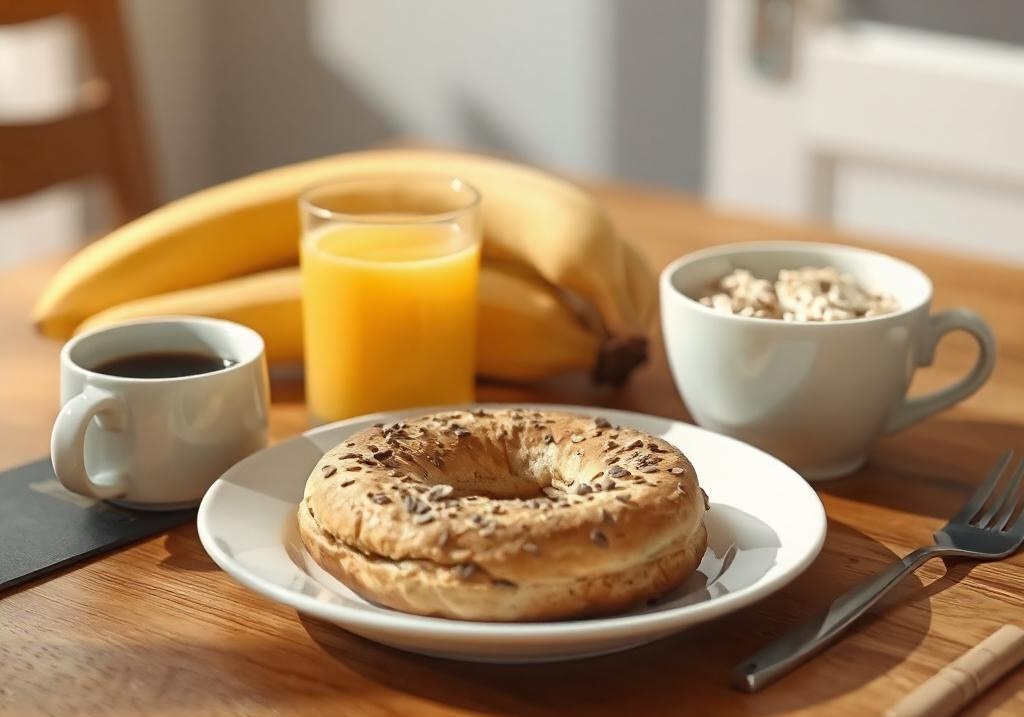
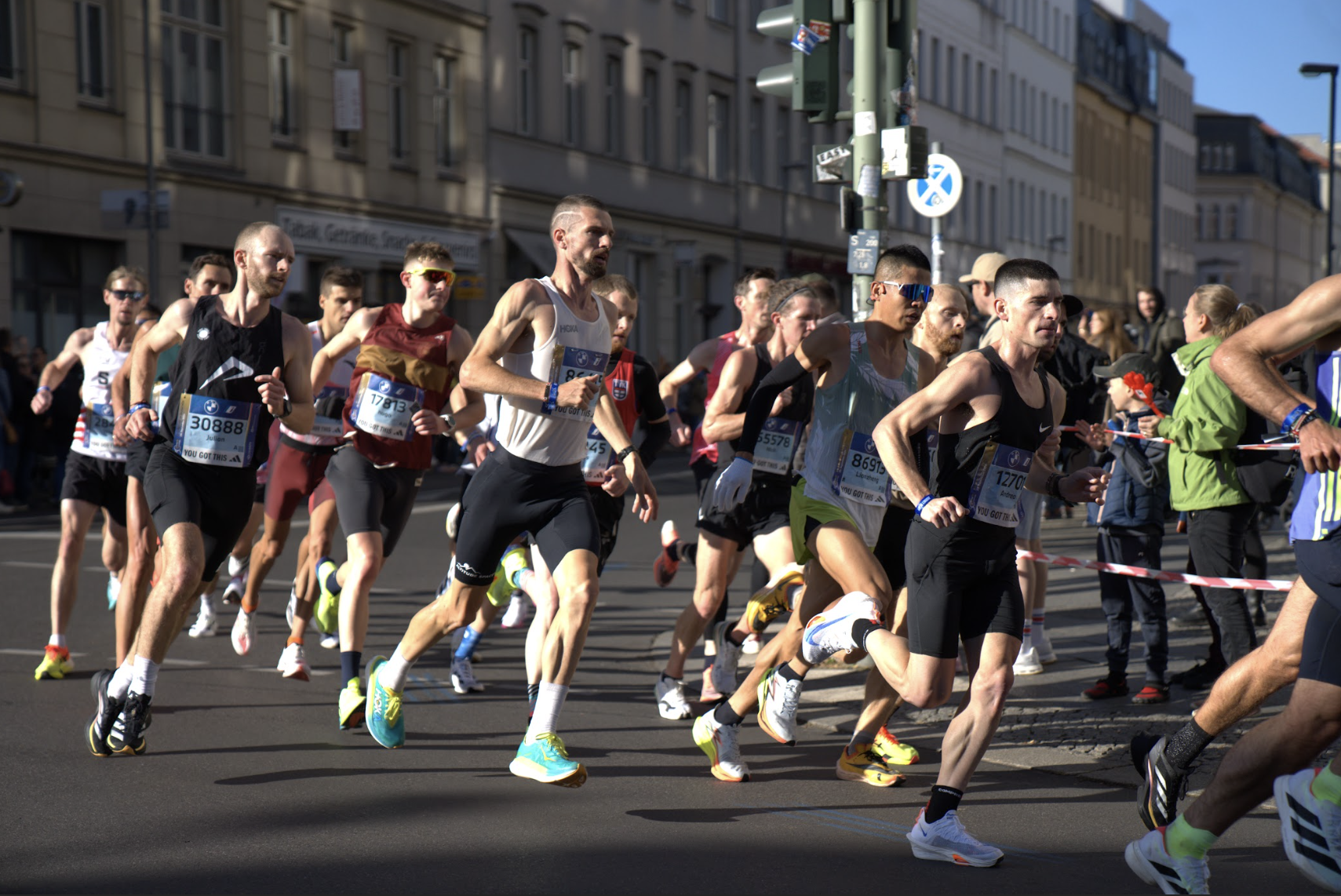


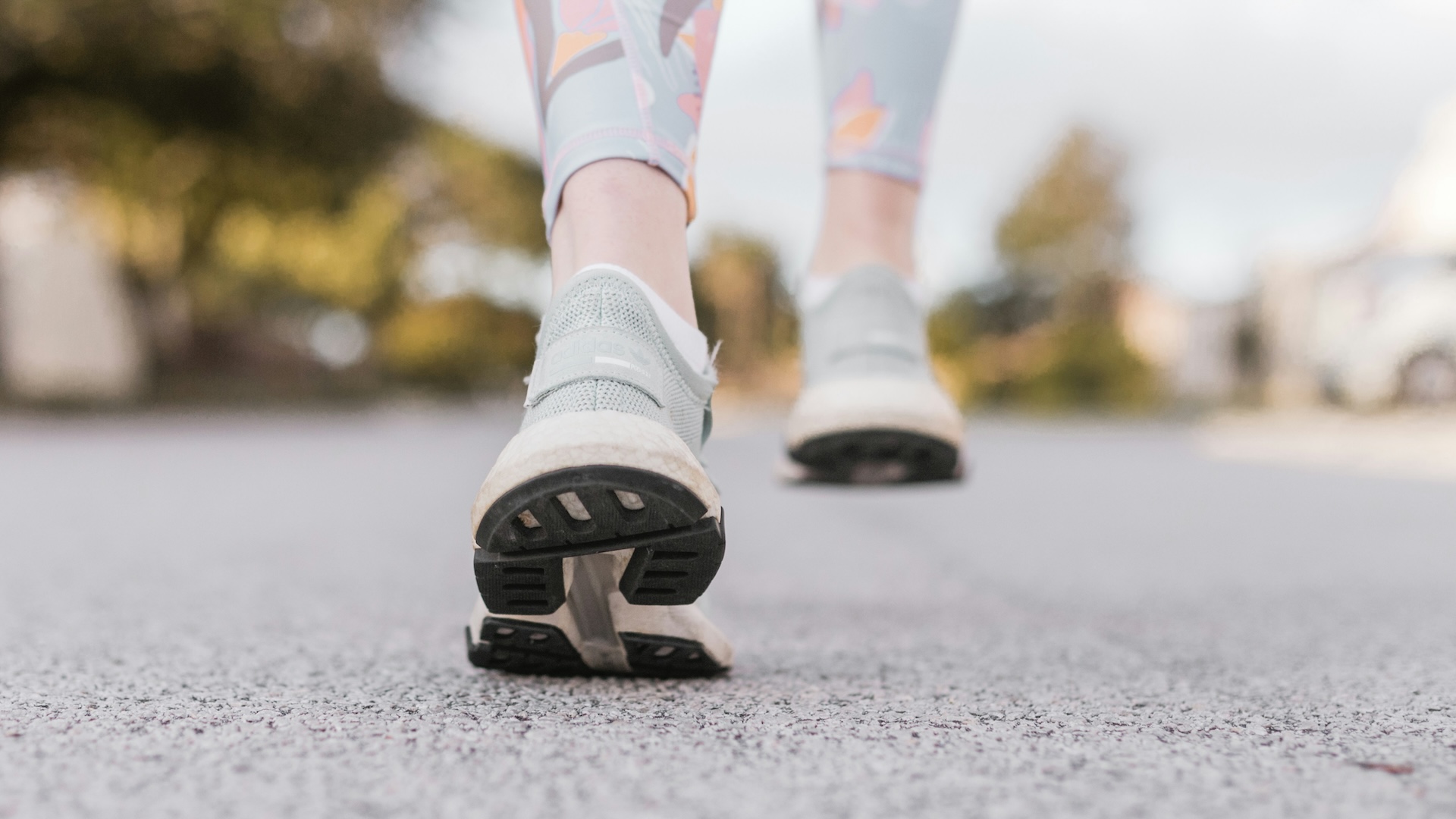
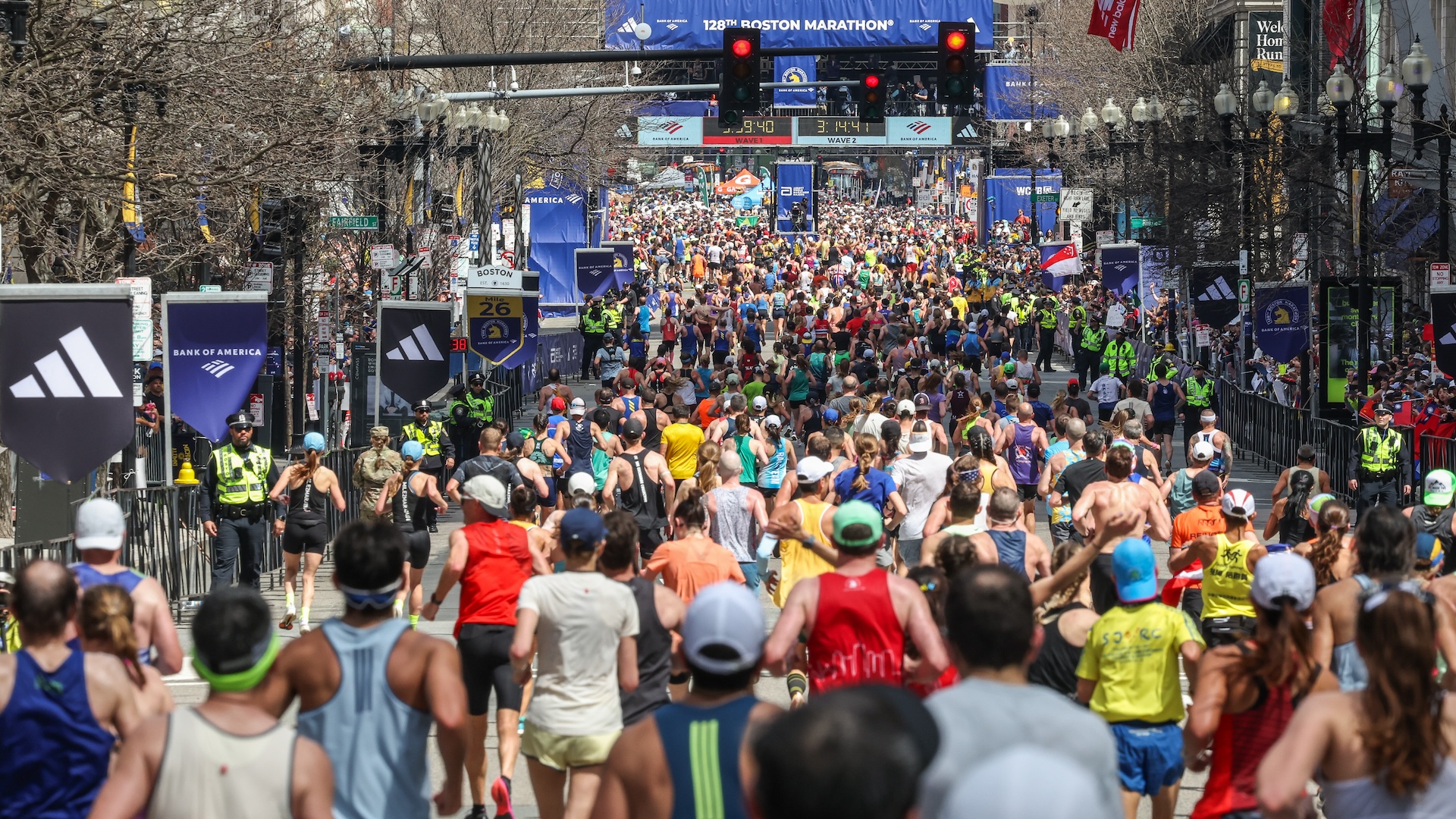
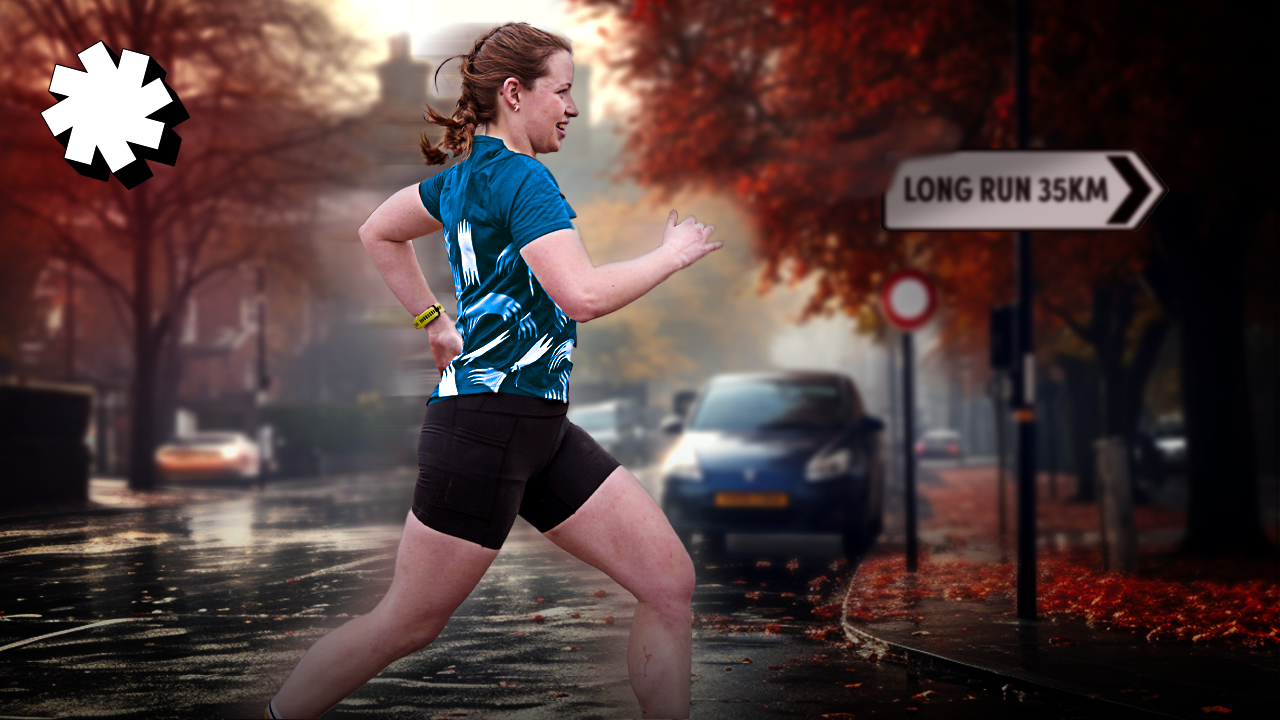
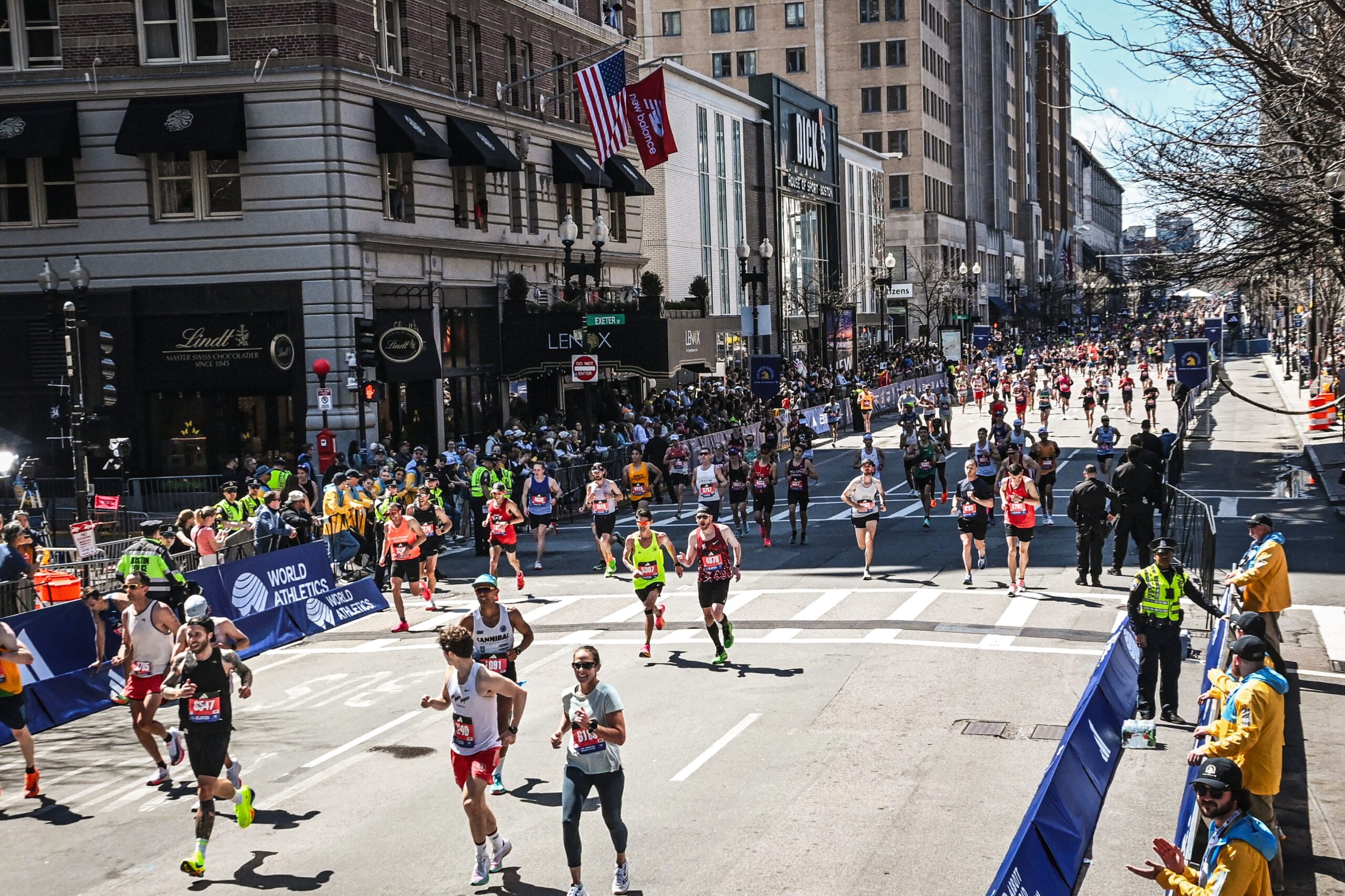

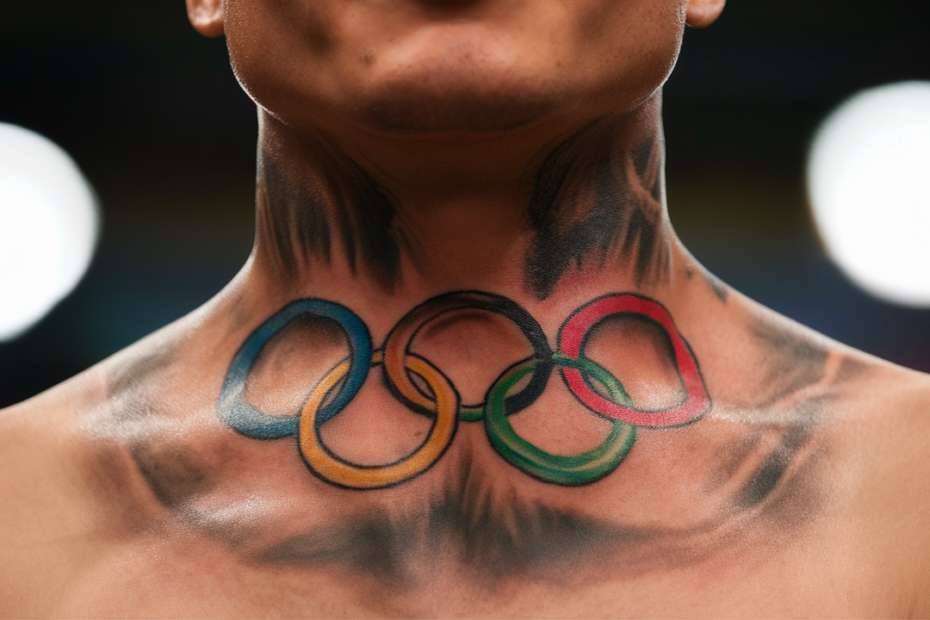
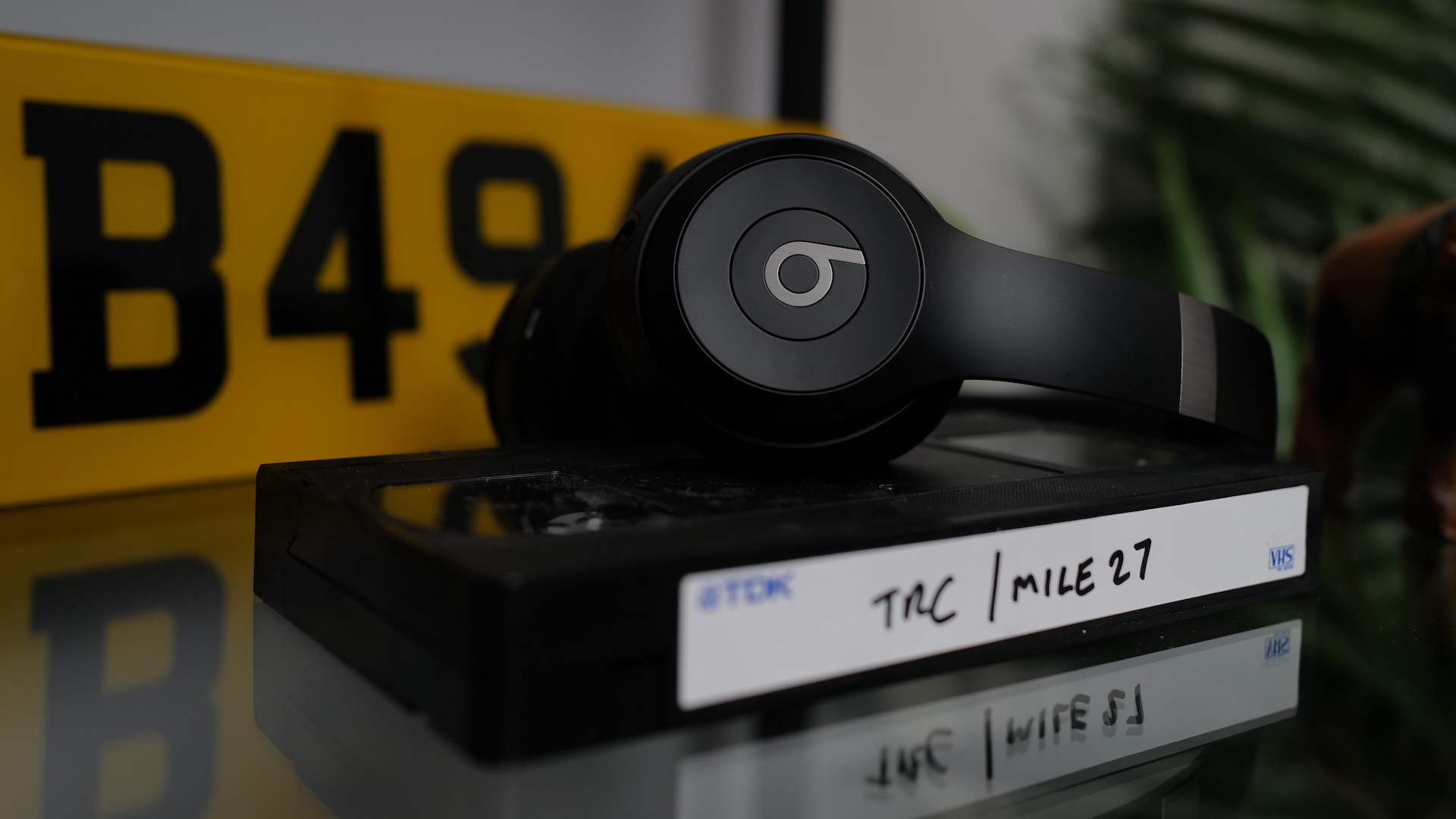

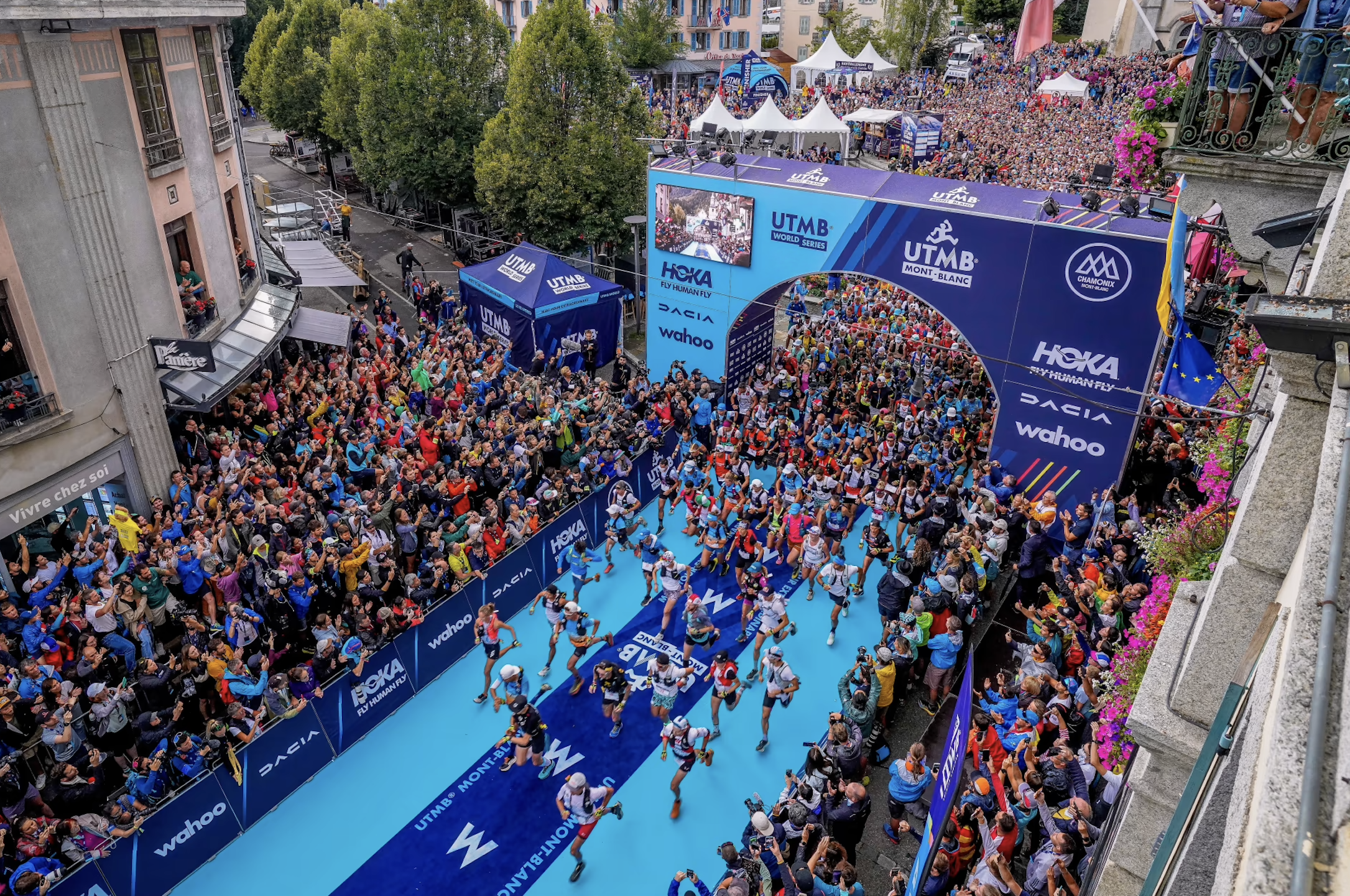
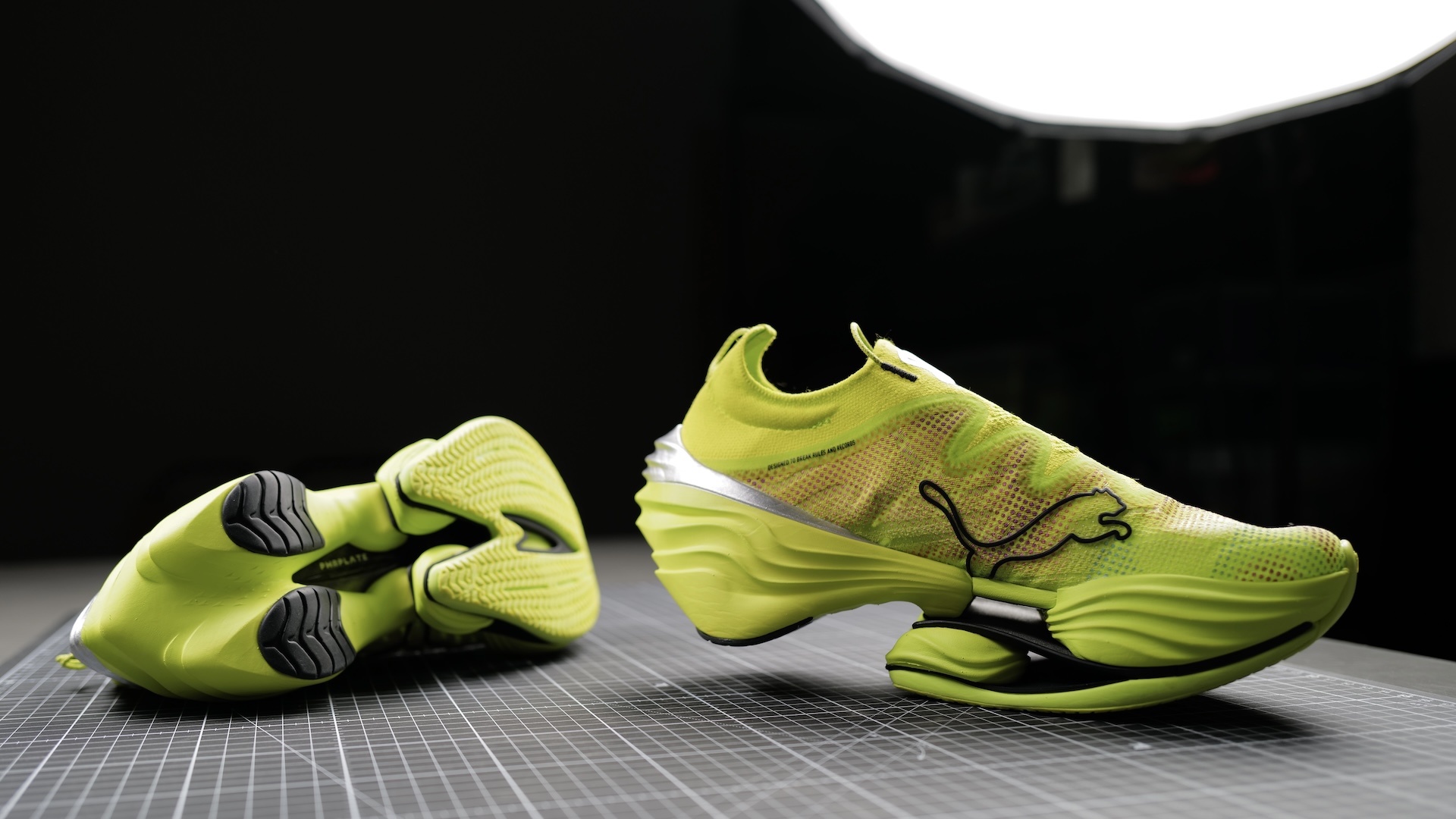
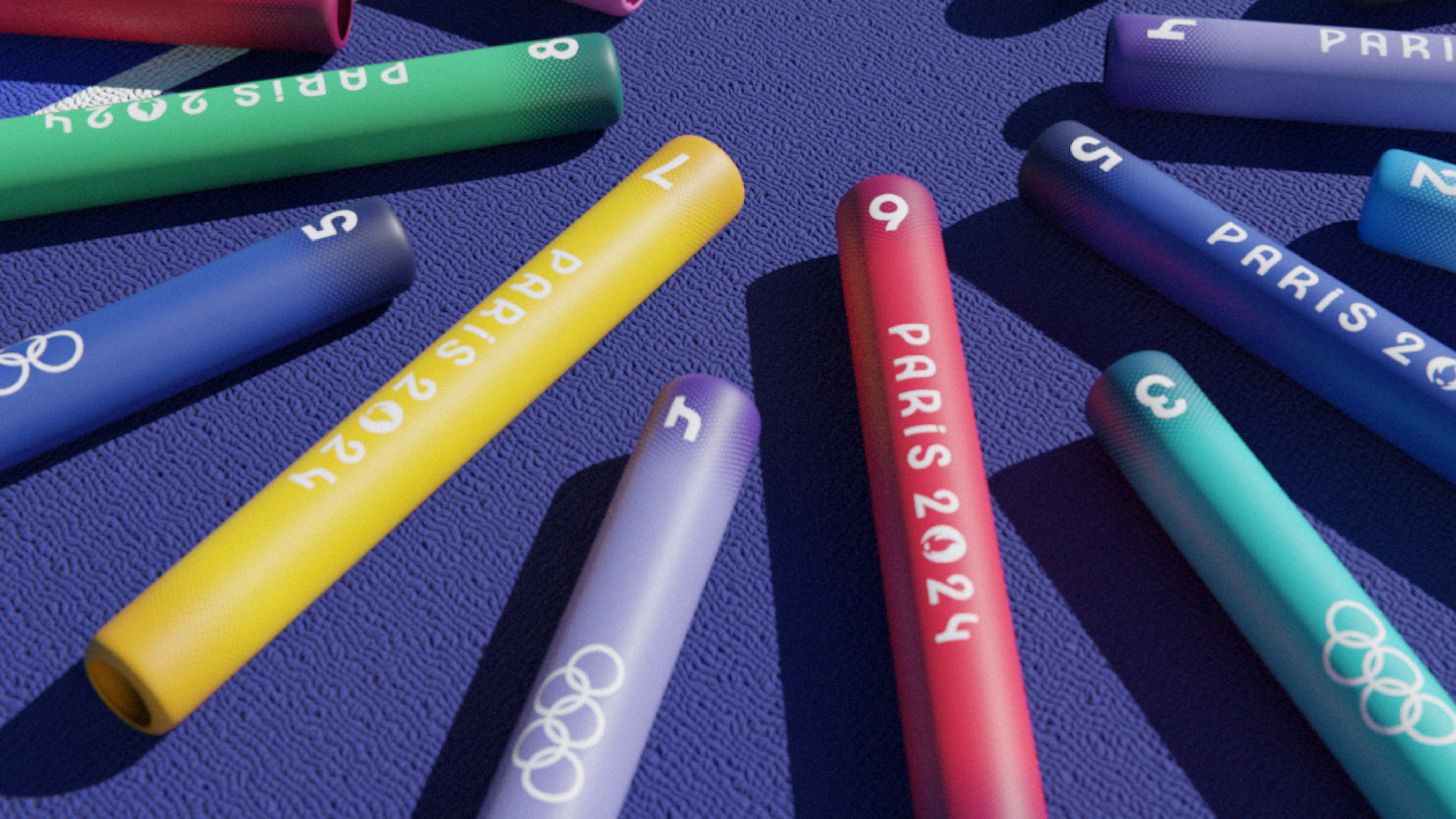
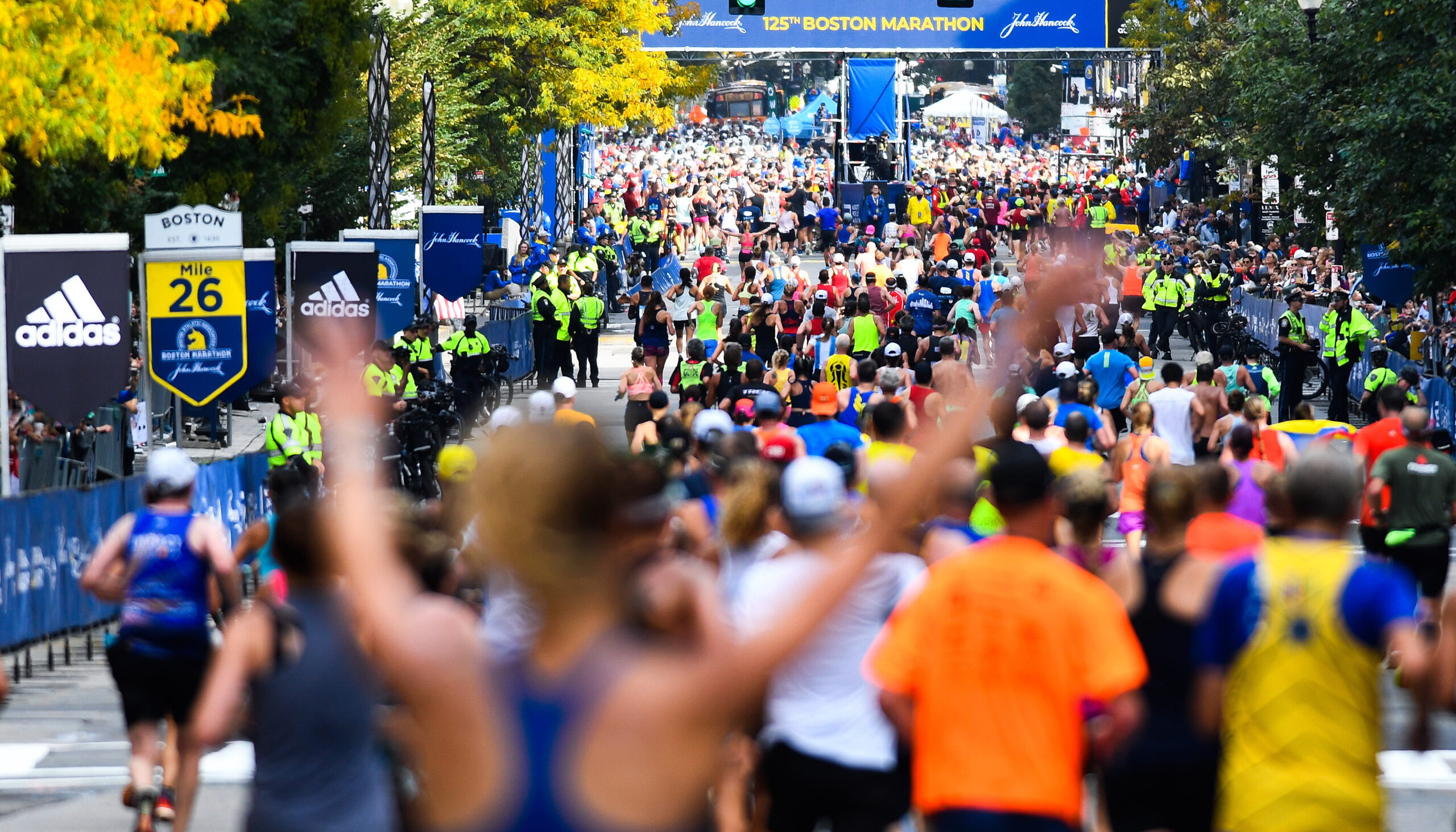
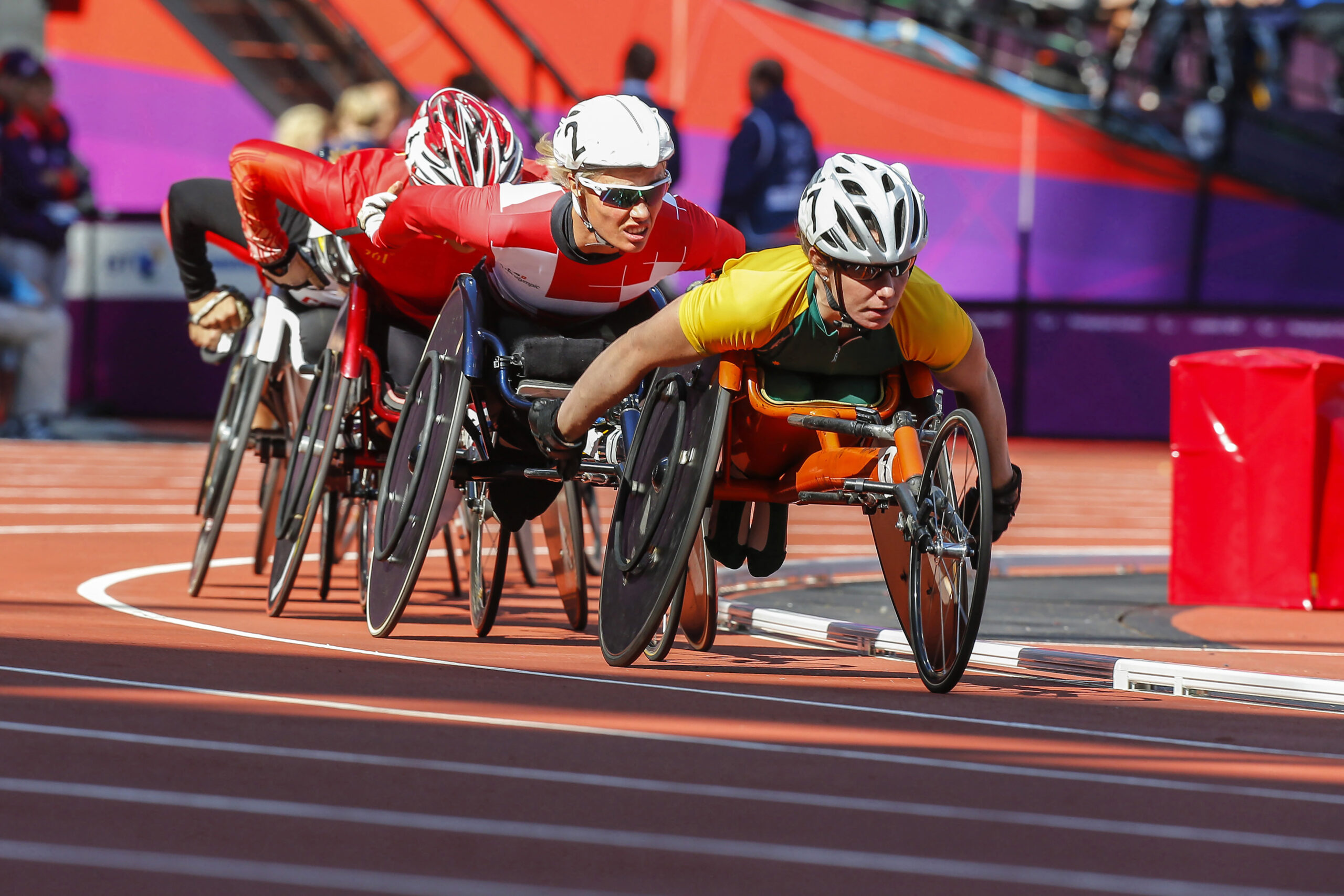
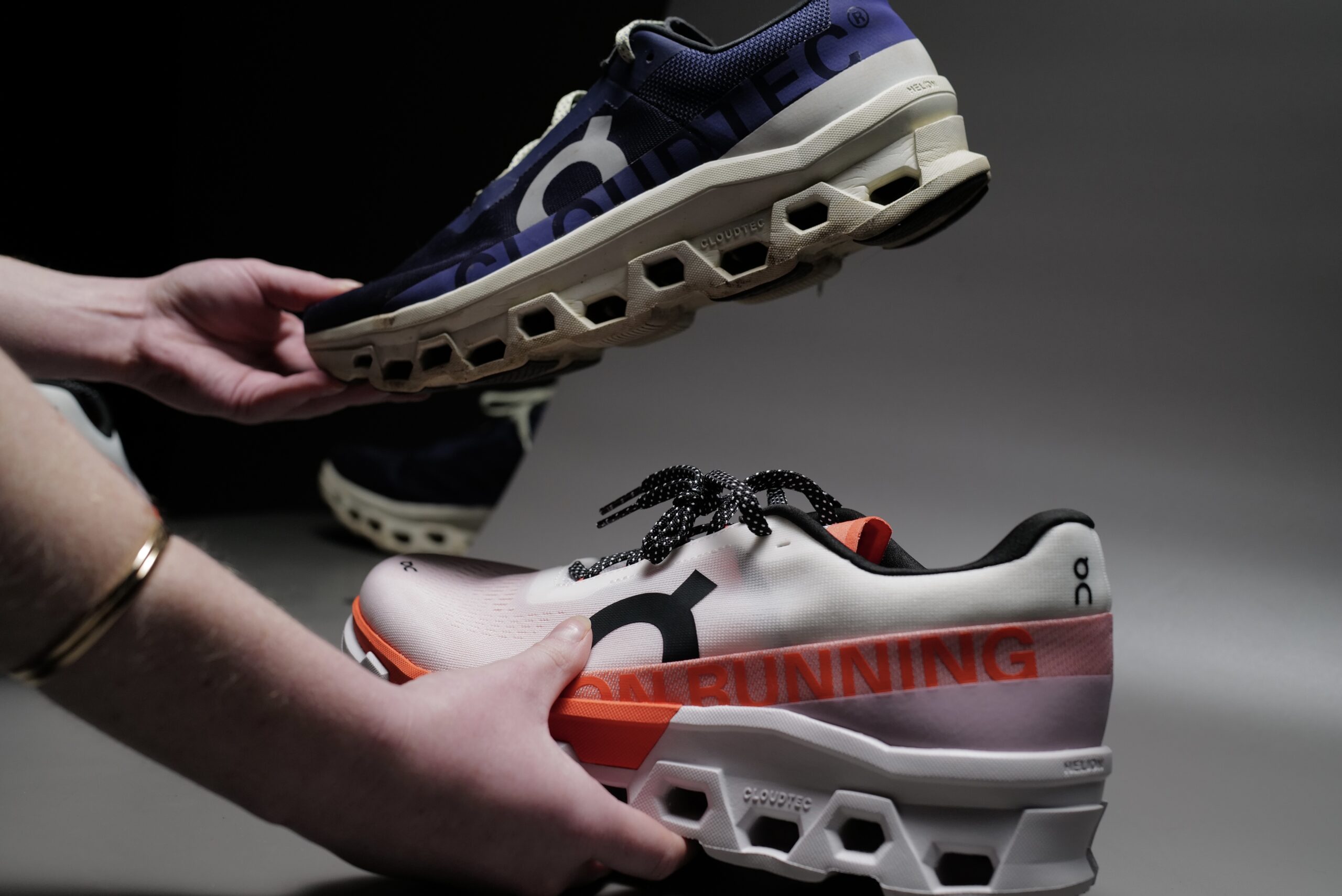
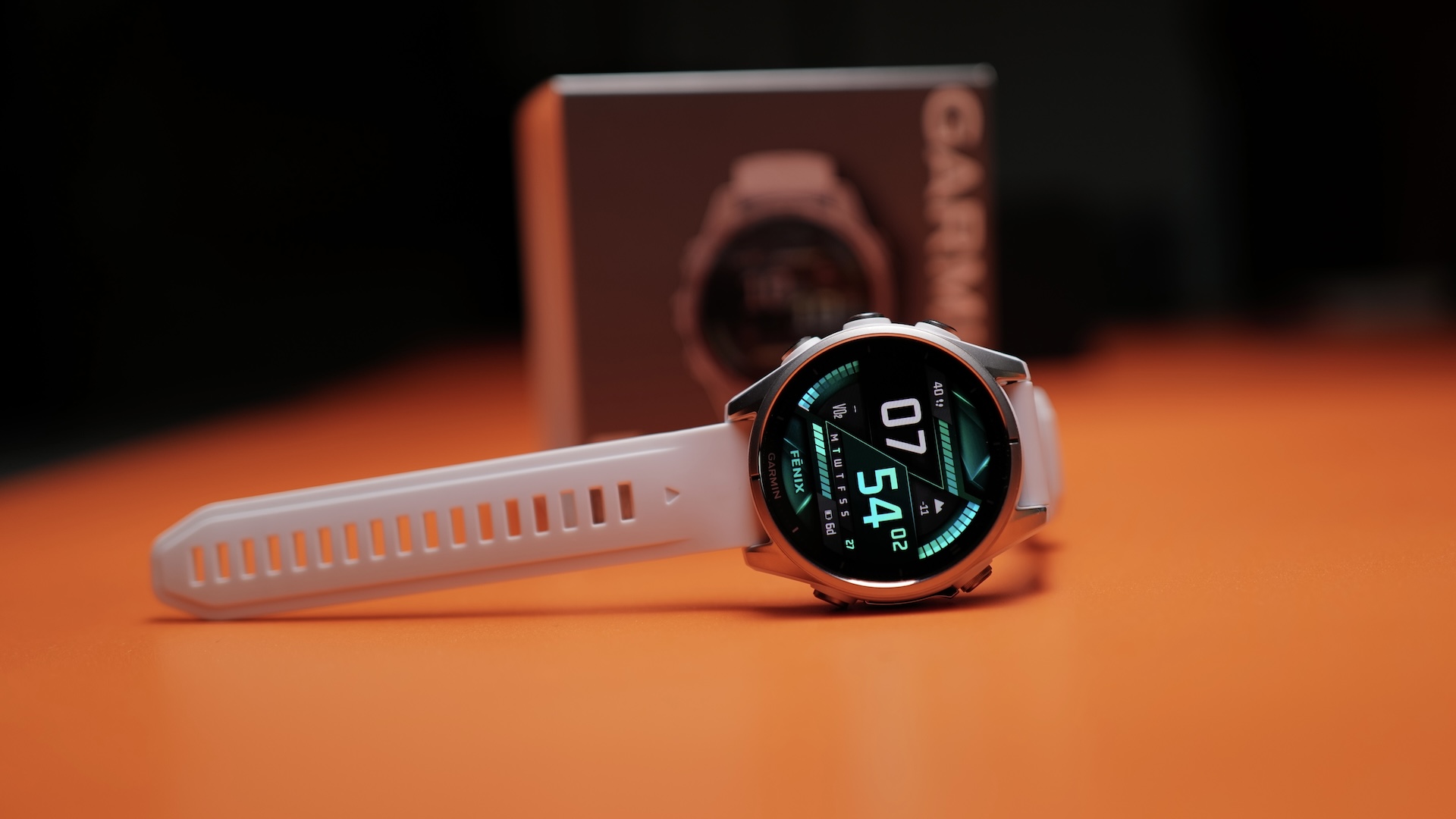

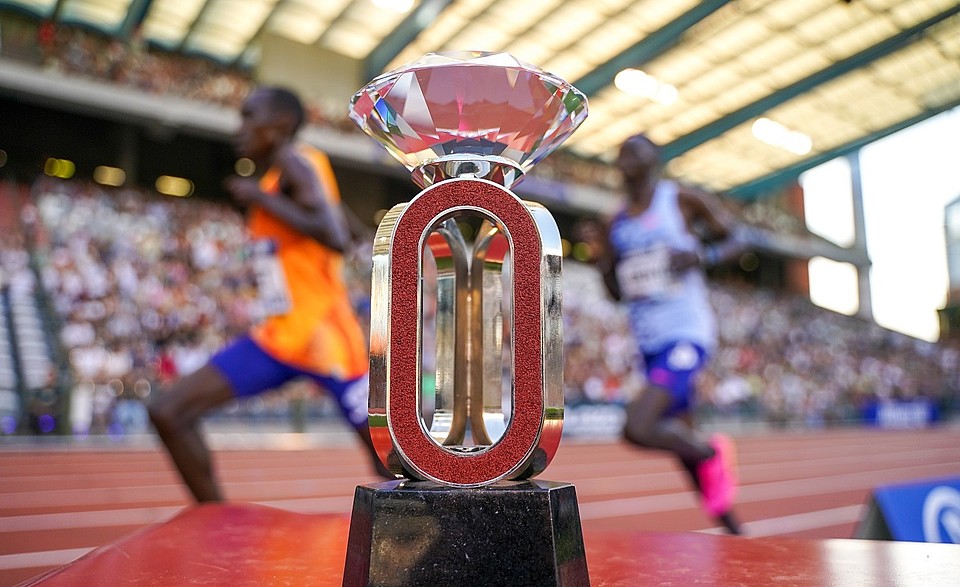

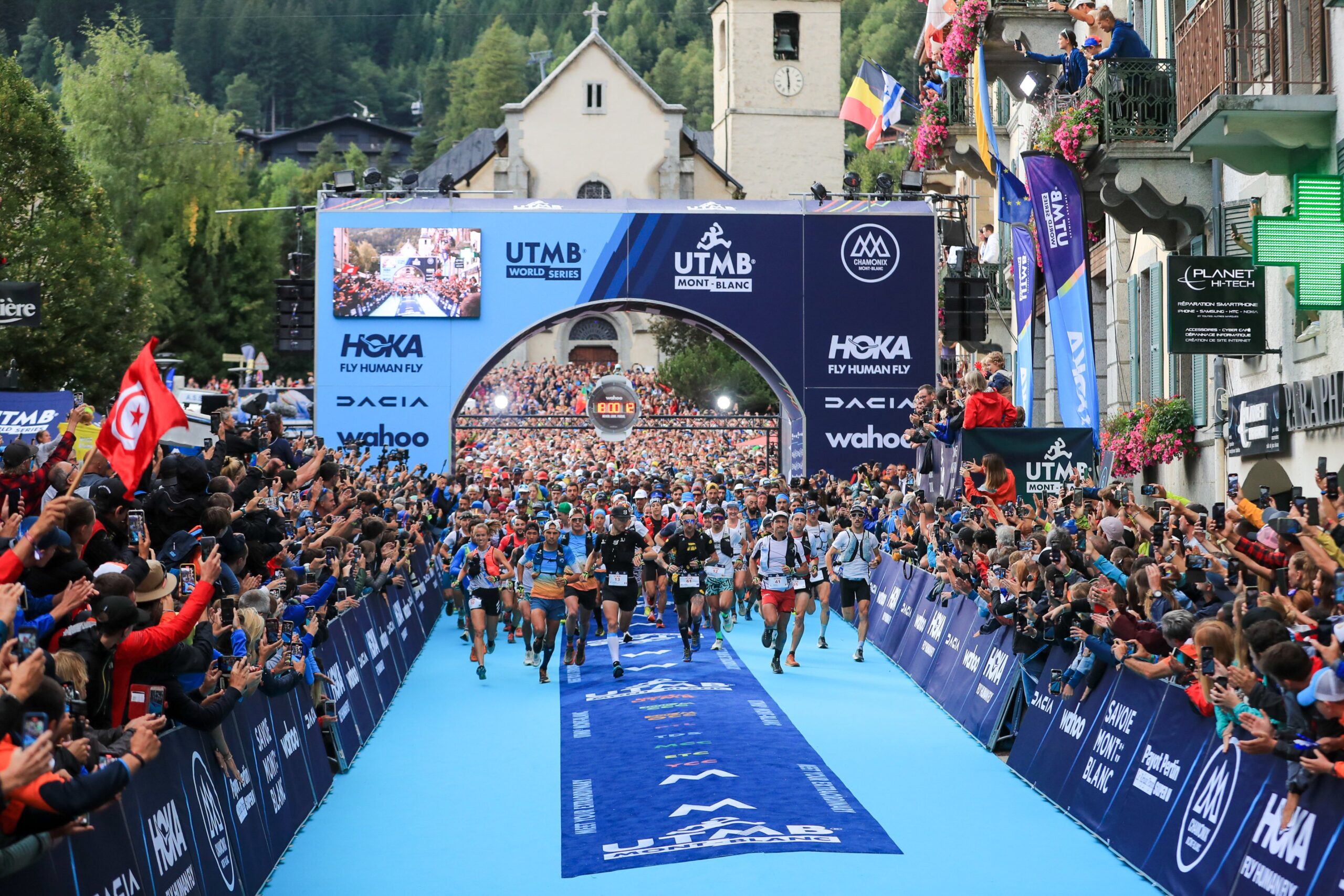

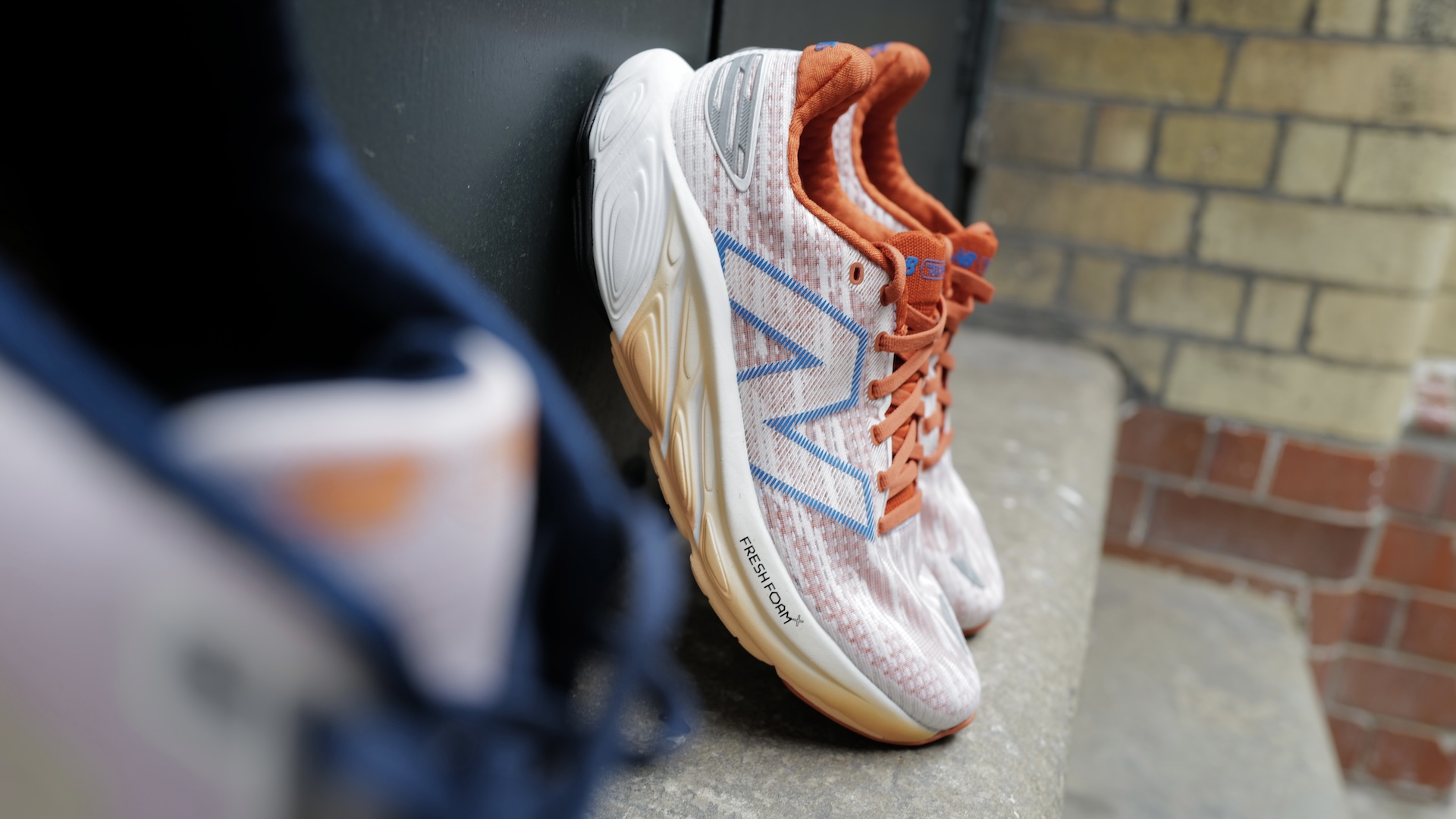
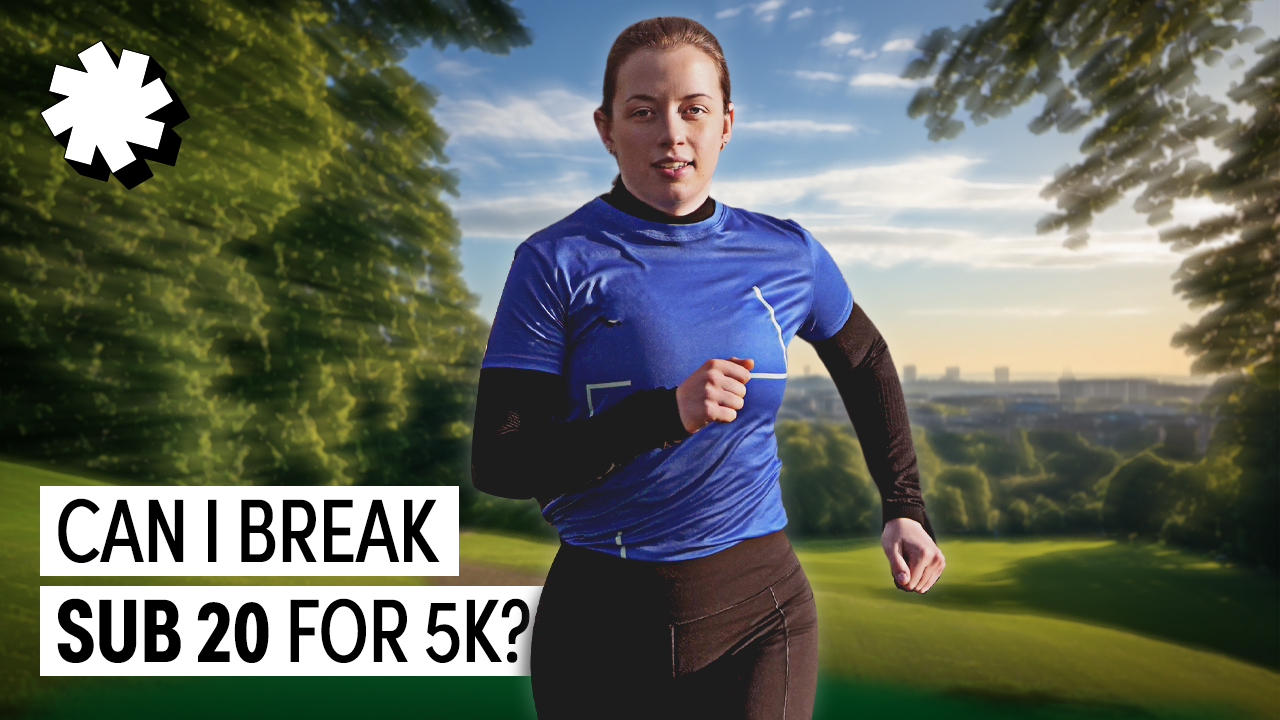

Running News
Ingebrigtsen Stars at World Athletics Indoor Championships 2025 – Plus All The Winners!
Sam Ruthe Is First 15-Year-Old To Run A Four-Minute Mile!
Eliud Kipchoge Will Run The 2025 Sydney Marathon!